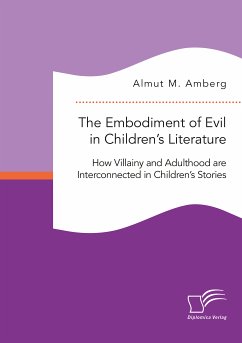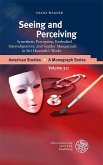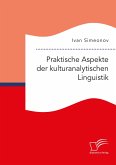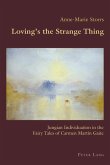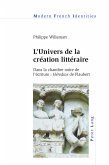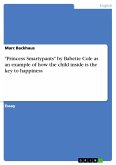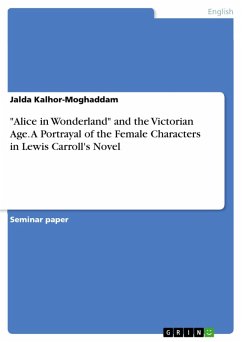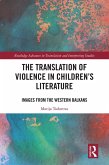Villains and antagonists are often the memorable and central characters of a children's story and characters like Captain Hook or the White Witch of Narnia remain more present in our memory than the plot or protagonists. This book offers an overview of the portrayal of villainy in children's literature and follows the research question of whether there is an interrelation of being adult and being a villain. Based on an exemplary analysis of five works of classical and contemporary children's literature, tendencies and conventions in the portrayal of villains and the embodiment of evil are explored. This study includes a definition of children's literature, discusses villainy as a literary and narrative category and draws on concepts like e.g. ageism, childism and C.G. Jung's shadow. It also discusses the questions of how and why villainy in general is attractive to readers and what its specific function is in children's narratives.
Dieser Download kann aus rechtlichen Gründen nur mit Rechnungsadresse in A, B, BG, CY, CZ, D, DK, EW, E, FIN, F, GR, HR, H, IRL, I, LT, L, LR, M, NL, PL, P, R, S, SLO, SK ausgeliefert werden.

